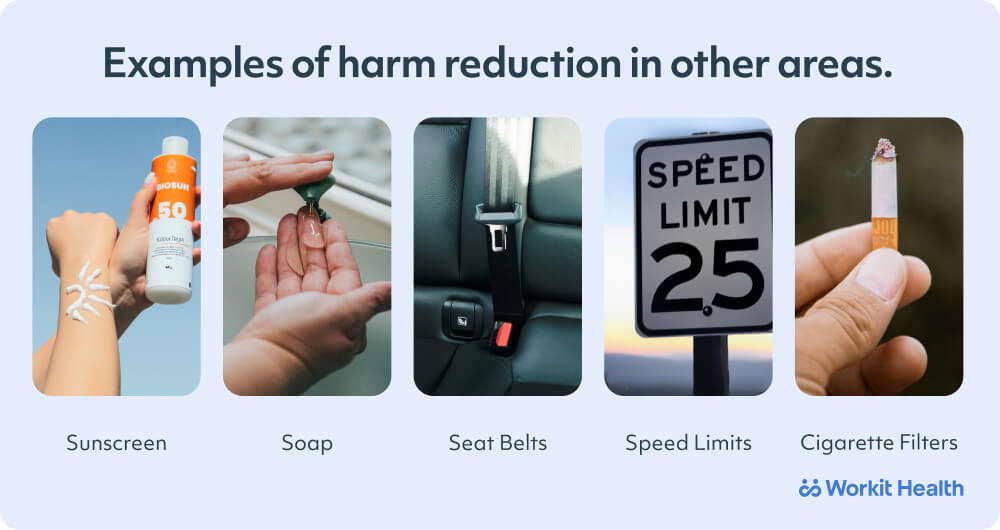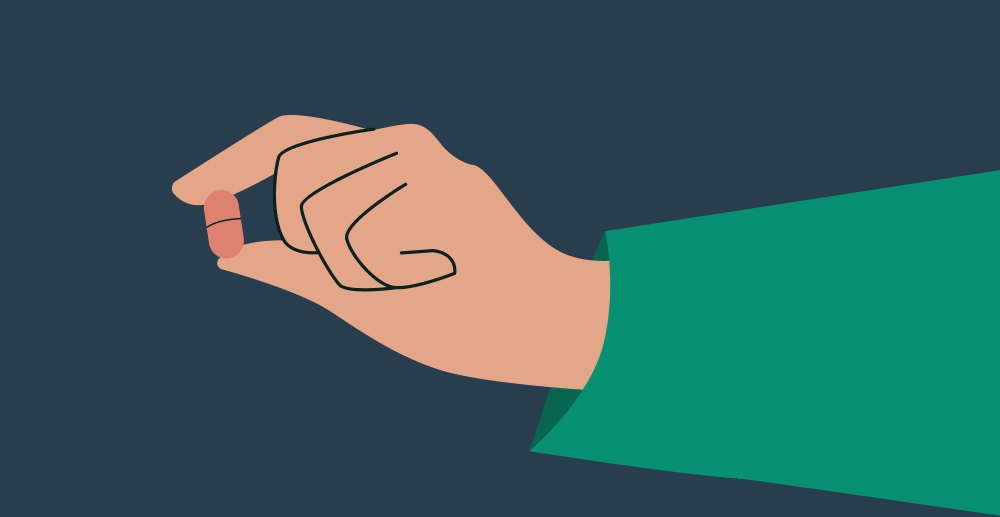Harm reduction is essential to recovery.
Every month, I sit in on a call with county providers here in Portland, Oregon. I’m a program manager for an agency that provides peer support and recovery mentorship for people struggling with mental health conditions and substance use disorders. On these calls, part of what we do is talk about the numbers. Numbers of people we reached out to, numbers of people getting out of jail, and the numbers of folks who have overdosed in that county. Over the past two years, the overdose numbers have been higher. A lot higher. Worse still, I knew that if we were experiencing this in Oregon then the rest of the country was probably in the same place. New numbers support this fear but I also know that there are things we can do today to help slow down the recent overdose explosion.
The perfect storm of risk factors leading to higher rates of overdose
Brought on by the lethal combination of inadequate treatment options, economic distress, the rise of fentanyl and polysubstance use, and global anxiety and depression, the overdose epidemic is one those of us in the field saw coming. It has felt like an inevitable perfect storm, and the entire industry-wide had been bracing for it. At the start of the pandemic, so many people I know personally and professionally relapsed. In one weekend alone, I heard the news that three people I know had all relapsed, and this trend has continued. The Centers for Disease Control (CDC) reported 107,000 overdose deaths in 2021.
Lack of access to resources has only added fuel to the fire when people seeking treatment or trying to stop needed help the most. Earlier this month, I watched someone I love try to get into treatment, only to be met with hoops to jump through, wait lists to get on, and general uncertainty. Luckily, a series of unheard of treatment miracles lined up and they wound up going to residential treatment, but it literally took magic and not reliance on dependable and plentiful treatment options. The need to push through the excruciating process just to get into treatment makes it so much less likely that people will recover. A harrowing, recent New York Times article looked at the spike in opioid deaths. It points to the failure of the healthcare industry and government to address the opioid crisis.
Harm reduction can slow this tragic loss of life
As a person who works in the field who also supervises others doing this work, what I can tell you is we need solutions right now. Sure, a magical supply of lower barrier treatment beds would definitely help, as would legislation written to help people suffering from substance use disorders instead of punishing them. But those things take time—time we don’t have. The biggest thing we can do today in hospital rooms, on the streets and online is practice harm reduction. Harm reduction, in my mind, is the only thing to possibly slow down these deaths. This can include suggestions like encouraging people to smoke instead of shooting up, helping them find clean needles and needle exchanges, reminding friends and loved ones to not use alone, and always carrying Naloxone. These practices are proven to help cut down on overdoses.
Harm reduction doesn’t end with opioids, either. Harm reduction strategies can be practiced with meth, alcohol, benzos, and beyond. In fact, one of the ways to open up a conversation about harm reduction in substance use is by talking about the many kinds of harm reduction we use in other areas of our lives. For example, we use sunscreen to mitigate the risks of going outdoors. We wear seat belts to reduce the harm that people experience in auto accidents.
The big misconception about harm reduction is that it’s telling people that they should go ahead and recklessly use drugs. In fact, it’s the opposite. Harm reduction says your life is of value, whether you use or not. We want to help keep you alive and healthy. This is more than an idea. It’s a movement to help save lives. It’s a philosophy of compassion. The basics, according to The Harm Reduction Coalition, are, “safer use, managed use, abstinence, and meeting people who use drugs ‘where they’re at.’” Most appealingly, harm reduction is a low to no cost idea to help out in a crisis today.
Too many times to count, my coworkers and I were forced to have quick conversations with people in the hospital who admitted they didn’t want to stop using. Having practiced abstinence in my own life, I had to get over my prejudices and remember these were humans who deserved dignity instead of my judgment. Once I did that, I was able to see that these lives, these humans deserved care like everyone else. The conversation can then shift to productive questions like do have clean water to clean their needles? Do they know where to get syringes? Do they have access to fentanyl testing strips? While a little awkward in theory, these conversations were usually incredibly powerful, and they let the person know I cared about them. You don’t have to work in a hospital to practice harm reduction. in fact, you’ve probably done it already if you’ve ever told a friend not to drink and drive or asked someone from a place of love if they’ve taken the right number of pills.
Harm reduction is a protective measure that isn’t much different from wearing a mask when you go out while having symptoms: it can save lives, it can protect communities … and if ignored, it can make an epidemic even worse.










